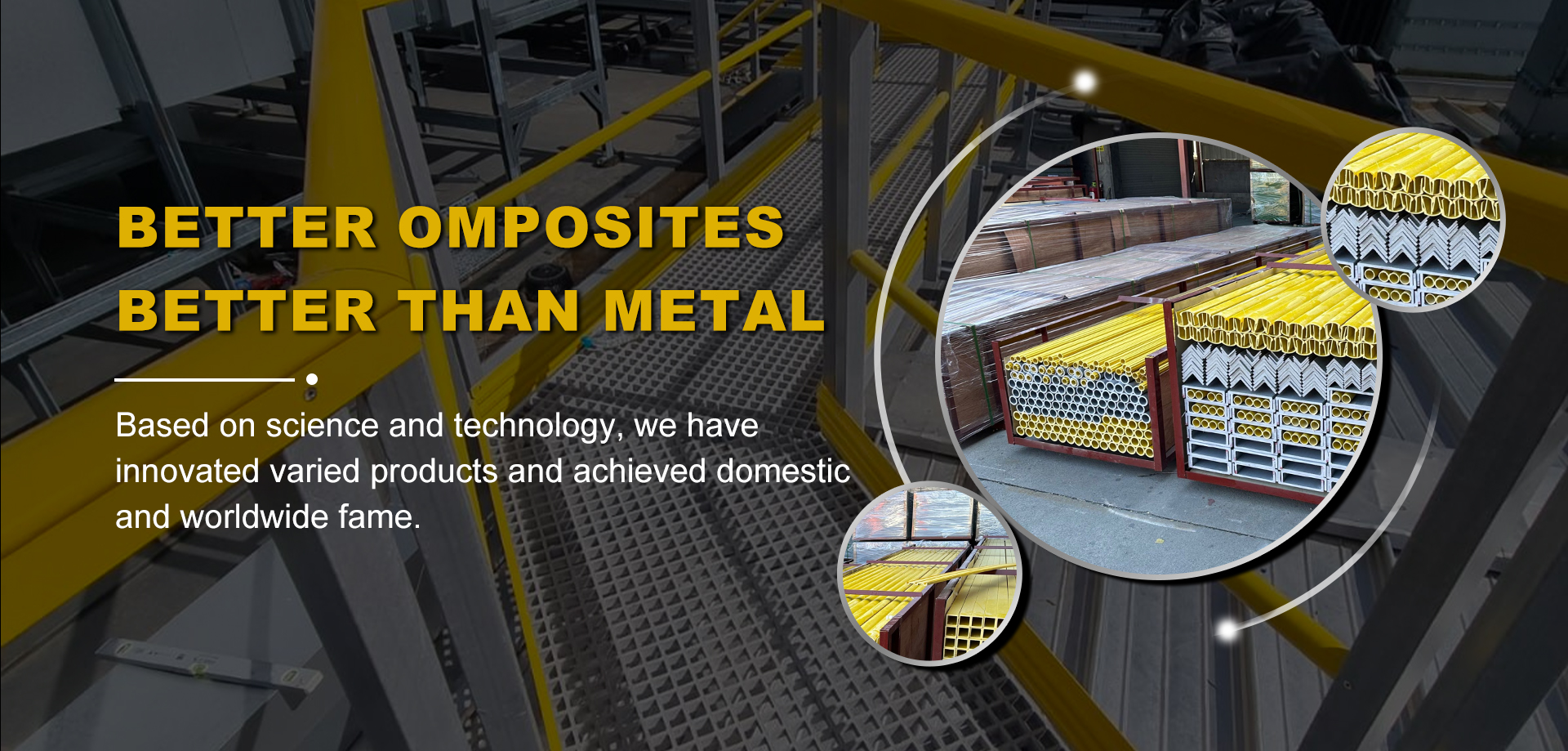loading...
- No. 9, Xingyuan South Street, Dongwaihuan Road, Zaoqiang County, Hengshui, Hebei, China
- admin@zjcomposites.com
- +86 15097380338
- Welcome to visit our website!
frp vessels
Understanding FRP Vessels Strength, Versatility, and Applications
Fiberglass Reinforced Plastic (FRP) vessels are increasingly gaining popularity across various industries due to their unique properties and numerous advantages over traditional materials. Made by combining fiberglass with a resin matrix, these vessels boast exceptional strength, lightweight characteristics, corrosion resistance, and flexibility. All these qualities make them highly suitable for a wide array of applications, including but not limited to storage tanks, pipelines, marine components, and even specialized industrial equipment.
Composition and Manufacturing Process
The fundamental structure of FRP vessels comprises two main components the reinforcing fibers and the polymer resin. The fiberglass, typically made from fine glass fibers, provides the tensile strength and structural integrity, while the resin acts as a binder that holds the fibers together. The most common resin types used in FRP production are polyester, vinyl ester, and epoxy, each offering distinct properties that can be tailored to specific requirements.
The manufacturing process of FRP vessels usually involves a combination of techniques, including hand lay-up, spray-up, and filament winding. Hand lay-up is a labor-intensive method where layers of fiberglass are manually placed in a mold and then coated with resin. On the other hand, filament winding is a more automated and efficient process suitable for producing vessels with consistent thickness and structural uniformity.
Advantages of FRP Vessels
One of the most significant advantages of FRP vessels is their extraordinary corrosion resistance. Unlike metal vessels, which can be easily corroded by chemicals, harsh environmental conditions, and prolonged exposure to water, FRP materials can withstand a wide range of corrosive substances without degrading. This property makes them ideal for industries such as chemical processing, waste management, and water treatment, where tanks and storage vessels frequently come into contact with aggressive chemicals.
Another pivotal advantage is the lightweight nature of FRP. Compared to steel or concrete, FRP vessels are significantly lighter, making them easier to transport and install. This characteristic not only reduces shipping costs but also minimizes the structural load on foundations, allowing for more flexible design options in construction projects.
frp vessels

Furthermore, FRP vessels exhibit outstanding thermal and electrical insulation properties. This is particularly beneficial in applications where temperature regulation is crucial, such as in the storage of sensitive chemicals or food products. The non-conductive nature of FRP also provides safety benefits in industries that require strict adherence to electrical safety standards.
Versatile Applications
FRP vessels can be found in a multitude of applications ranging from commercial to residential sectors. In the marine industry, they serve as essential components for boats and yachts, including hulls, tanks, and piping systems. The lightweight and corrosion-resistant nature of FRP materials allows vessels to operate efficiently in fluctuating marine environments where metal components would typically deteriorate quickly.
In the chemical industry, FRP storage tanks are indispensable for the safe containment of various chemicals, including acids, bases, and solvents. Their ability to resist chemical attack ensures that the vessels maintain their integrity over long periods, reducing the likelihood of leaks that can lead to environmental contamination.
Additionally, in the water treatment sector, FRP is commonly used for constructing clarifiers, filters, and other water treatment equipment. The durability and customized design possibilities of FRP vessels help enhance the efficiency and effectiveness of water purification processes.
Conclusion
As industries seek innovative materials that balance performance, durability, and cost-effectiveness, FRP vessels have emerged as a superior alternative to traditional materials. Their exceptional corrosion resistance, lightweight characteristics, and versatility enable them to meet the demanding requirements of numerous applications. As technology continues to evolve and the demand for sustainable and efficient solutions increases, FRP vessels are poised to play a significant role in the future of material sciences, making them an exciting area for ongoing research and development. The adaptability of FRP materials opens up new horizons for industrial advancement, providing solutions that remain resilient against the challenges of modern applications.
-
GRP Structures: The Future of Lightweight, High-Performance EngineeringNewsJun.20,2025
-
FRP Water Tank: High-Performance Storage for Corrosive and Clean Water SystemsNewsJun.20,2025
-
FRP Square Tube: The New Industry Standard for Chemical and Structural ApplicationsNewsJun.20,2025
-
FRP Pultruded Profiles: The Ultimate Choice for Lightweight Structural StrengthNewsJun.20,2025
-
FRP Handrails: The Safer, Smarter, and Stronger Choice for Modern InfrastructureNewsJun.20,2025
-
FRP Grating: The Smart Solution for Durable, Lightweight Industrial FlooringNewsJun.20,2025
-
Why Choose a Galvanized Water Tank for Your Storage NeedsNewsMay.21,2025
